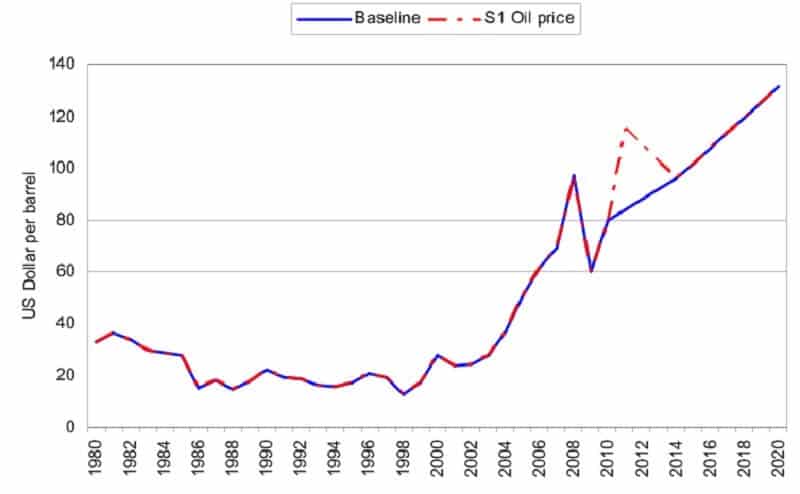2 min read

Oil stocks rose and all energy stocks rose but Wall Street fell on Monday after weekend attacks on Saudi Arabia’s oil facilities. Investors’ are concerned about this geopolitical risk and its influence on the global economy.
The attack carried oil prices up more than 20%. But easing came after many countries stated they would use crisis reserves to ensure stable supplies.
The Dow Jones Industrial Average dropped 0.52% to end at 27,076.82 points. At the same time, the S&P 500 fell 0.31% to 2,997.96. The Nasdaq Composite fell 0.28% to 8,153.54. Eight of the 11 main S&P sectors moved lower.
Also, oil futures rose10% Monday morning as a consequence of the attack. Saudi Arabia suspended 5.7 million barrels of daily production, which is more than 5% of the total production in the whole world.
Brent crude, the international benchmark, rose 10% to $66.27 in first-day trading. For example, West Texas futures increased by 10.2% to $60.44.
Oil companies and industrial stocks will benefit from new higher prices. Industrial companies that sell substances, pumps, and vehicles, processors, and sellers or auto parts companies.
As energy prices increase, investors may need to evaluate some of these energy stocks.
Oil Stocks Are Rising Which Ones to Buy
Some oil companies hit much larger gains as investors hurried to close their positions and avoid losses. For example, Carrizo Oil & Gas CRZO stock rose 19.53%, it had 39% of shares open for trading sold-short, reported FactSet. The shares climbed up 19.5% and close at $10.22. But, it is lower 62% from the 52-week intraday high of $26.67 placed in September last year.

MarketWatch published a list of energy companies in the S&P 1500 favorable to invest in now.
How to determine the good one
Investors have to estimate the company’s balance sheet to reveal is it in stable financial status. Does the company have the money to satisfy its business obligations, if market conditions worsen? This is important data. Secondly, investors have to check companies leverage ratio. But the most important factor for oil investors when choosing the oil stock has to be its debt to EBITDA ratio and net debt to capital ratio.
If a company produces or uses crude oil a debt-to-EBITDA ratio should be below 2.0 times and net debt to capital ratio should be less than 30%. Although, if the company has fee-based cash flow net debt to capital ratio can be 50%.
Majority of oil companies will issue their current leverage metrics on their website so it is easy to check.
Investors should take care of the company’s liquidity.
That is money to which a company has immediate access to satisfy its financial obligations. The company must have enough cash for that purposes, a fund for several months, for example. How will you know that? Just divide a company’s declared capital budget by its cash on accounts.
An oil stock that is enough protected against a big fall in oil prices owns a stable credit rating, low leverage ratio, and much liquidity. Such companies are good investments, despite the oil prices droppings.



Leave a Reply